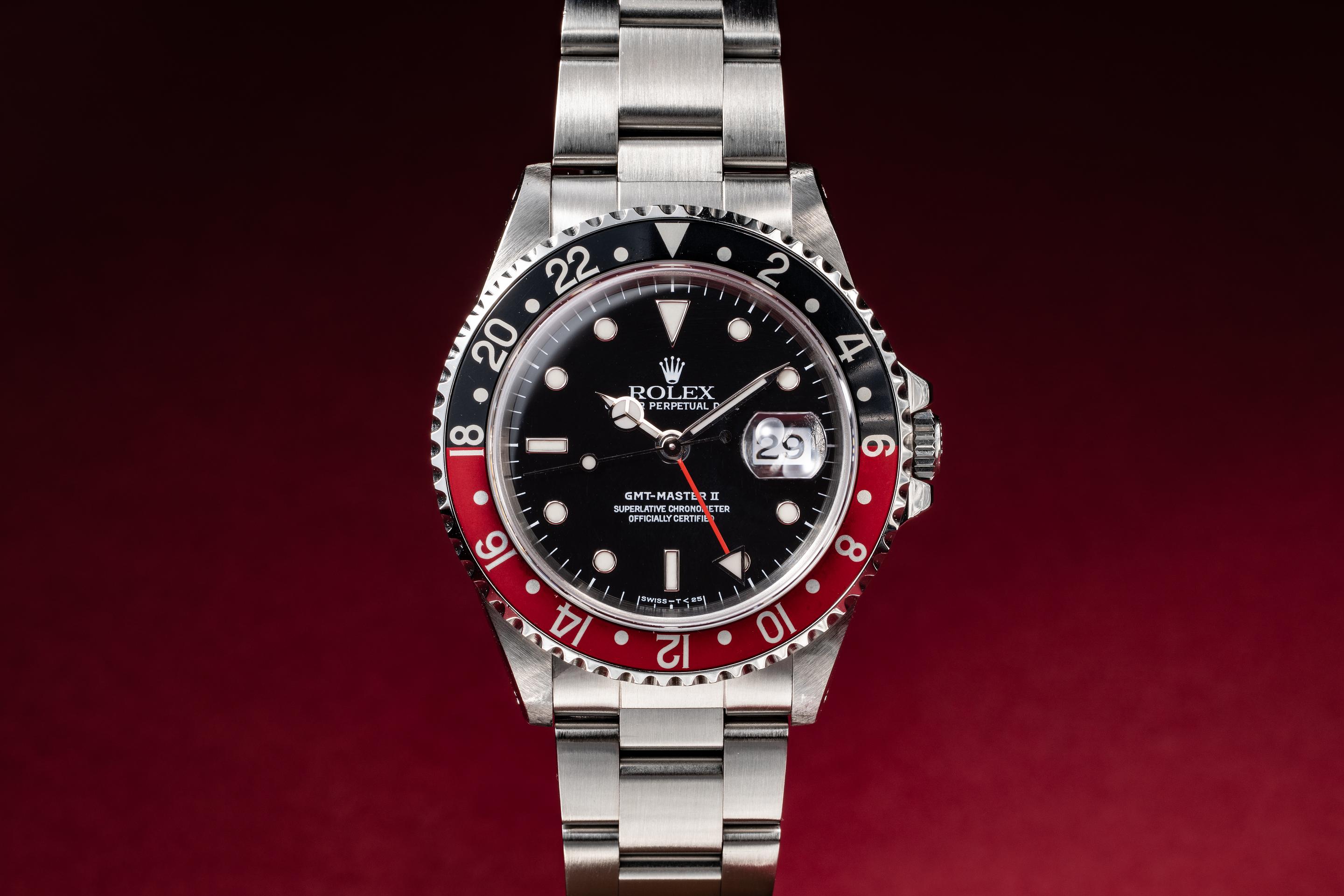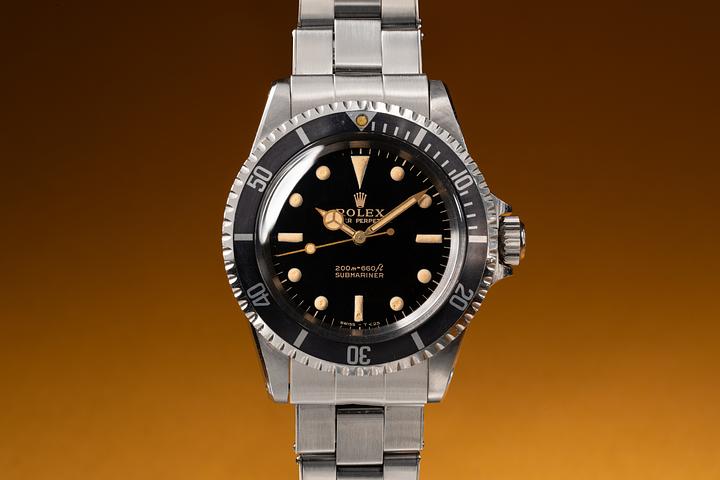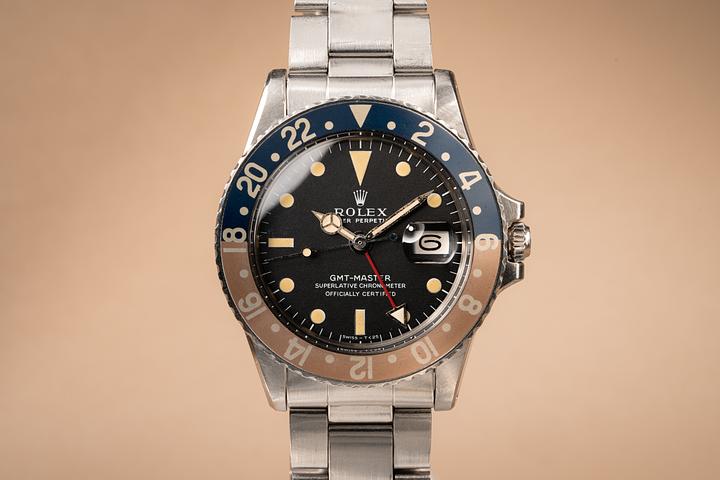Swiss GMT Watches That Master Time Zones in Style

GMT Watches: The Swiss Answer to Global Timekeeping
Time zones. They sneak up on you. Whether you're hopping between New York and Geneva, or just trying to schedule a Zoom call with someone in Tokyo, knowing what hour it is elsewhere has never been more essential—or more maddening. Enter the GMT watch. This neat little complication (a watch world word meaning "feature"—not actual bother) has been quietly helping travelers, pilots, businesspeople, and horological enthusiasts keep their balance in a world split into 24 slices of time. And if you're talking GMTs, you might as well settle in and talk Swiss. Because, unsurprisingly, Switzerland has had a rather profound part to play in this story of tracking time across borders.
What Does GMT Mean in Watchmaking?
GMT stands for Greenwich Mean Time. Historically, it's been the standard by which all other time zones are calculated. It originated in the 19th century at the Royal Observatory in Greenwich, England, and became the bedrock for coordinated global timekeeping. In the world of watches, a GMT model is one that can show the time in two (sometimes even three) different time zones simultaneously. That added function is typically achieved with a fourth, independently adjustable hour hand and a rotating 24-hour bezel. So the primary hour and minute hands show local time while the GMT hand points to another time zone—originally, of course, GMT itself. Practical? You have no idea.
The Origin Story: GMT Watches Take Flight
The original boost in popularity for GMT watches came squarely from the cockpit. Not metaphorically—the actual cockpit. In the early Jet Age, international pilots had to keep track of multiple time zones, but standard watches couldn't keep up. Cue Rolex in 1954, which famously partnered with Pan Am Airways to develop a watch that their pilots could use to easily track both home and destination times. The result? The Rolex GMT-Master. Its black and red bezel (lovingly nicknamed the “Coke” by collectors) and added 24-hour hand made it an instant classic—and kicked off an entire genre of travel-focused timepieces.
Now, here’s where the Swiss come in (again). By this time, Switzerland had already cemented itself as the epicenter of fine watchmaking. The Swiss perfected the mechanical GMT complication over the next few decades, creating highly accurate, beautifully finished GMT movements that didn’t just tell time—they told stories. Patek Philippe, Omega, Breitling, Tudor, and countless other Swiss brands began integrating and advancing the GMT feature in ways that went beyond simple timekeeping. It became an expression, a complication for the thinker, the doer, the goer-to-faraway-places.
How GMT Watches Actually Work (And Why That’s Impressive)
Okay, let’s put the horological hat on for a second (just a second, I promise). A traditional watch tracks 12 hours, and it rotates the hour hand twice per day. But the GMT hand rotates only once every 24 hours. Simple in concept, infuriatingly clever in execution. With a few crown adjustments, the wearer can set the local time on the standard hour and minute hands and set the GMT hand to another time zone—usually coordinated with a 24-hour bezel. Need to switch local time while traveling but keep your home timezone intact? That’s what a “true” GMT does—specifically ones with independently adjustable hour hands (looking at you, Swiss movement nerds).
And if you think this sounds straightforward, think again. Adding a GMT complication without compromising accuracy, power reserve, or elegance requires some magical internal gymnastics. The Swiss, known for precision, elevate this to an art form. Movements like the ETA 2893-2 or Rolex’s in-house calibers make it look easy, but it’s only easy if you’ve got a few centuries of watchmaking behind you. Which, well, Switzerland does.
Why GMT Watches Captured the Imagination
There’s something inherently romantic about a GMT watch. Maybe it’s the association with aviation and exploration, maybe it’s the notion of being connected to another place through something as personal as time. Either way, Swiss GMTs walk that line between functional instrument and symbolic gesture. When someone wears a GMT, they’re usually not just trying to dodge meetings across time zones—they’re holding onto something: a timezone where family lives, a city they love, a destination they dream of. And that emotional hook? That’s exactly why the Swiss watch world has refused to let go of it.
More Swiss watch brands than ever now include GMT models in their lineups. Take the Tudor Black Bay GMT, for example. Its design pays homage to vintage aviation roots, but its movement—entirely developed inside Switzerland—is anything but outdated. Breitling, long associated with jet-set style, delivers GMT functionality across its Navitimer and Avenger lines. And of course, there’s Omega, technical wizardry and all, blending GMT timing seamlessly into models like the Seamaster Planet Ocean and Aqua Terra. These aren't just luxury pieces—they're tools, crafted down to the micron, for people who live in more than one place at once.
Modern Applications: Not Just for Pilots Anymore
Today, the use case for GMT watches has moved far beyond commercial aviation. We're in the era of the digital nomad, the remote worker, the freelancer with clients in five countries. GMTs have evolved to match this new breed of global citizen. No longer just for the suit with flight wings, this is a watch built for everyday complexity. Need to coordinate client calls in Hong Kong from your office in Zurich? Or maybe track your friends in New York while traveling across Paris? Check. A dedicated global timer on your wrist is basically a passport for your schedule.
And yes, smartwatches can display multiple time zones. Yes, smartphones exist. But let’s be honest—you already knew. That’s not what this is about. GMT watches deliver analog elegance, mechanical poetry, and real-world function at once. They’re as useful as they are philosophical. With a GMT on your wrist, you’re making a small declaration: Time matters. And not just yours.
The Quiet Genius of Swiss GMT Watches
So here's the thing. The Swiss didn’t invent the concept of tracking multiple time zones. But they did what they so often do: refined it, perfected it, and made it something aspirational. Something delightful. With a GMT watch from a Swiss maison, you're getting more than gears and hands—you're getting precision, heritage, design, and a sense that you’re holding the world a little closer to your wrist. Funny how such a small complication can do so much.
Whether you're an actual aviator, a grounded dreamer, a constant Zoomer, or someone who just appreciates the intricacies of Swiss watchmaking, a GMT complication might just be your quiet superpower. Time moves—we follow. And with the Swiss at the helm, we've never followed more stylishly.




